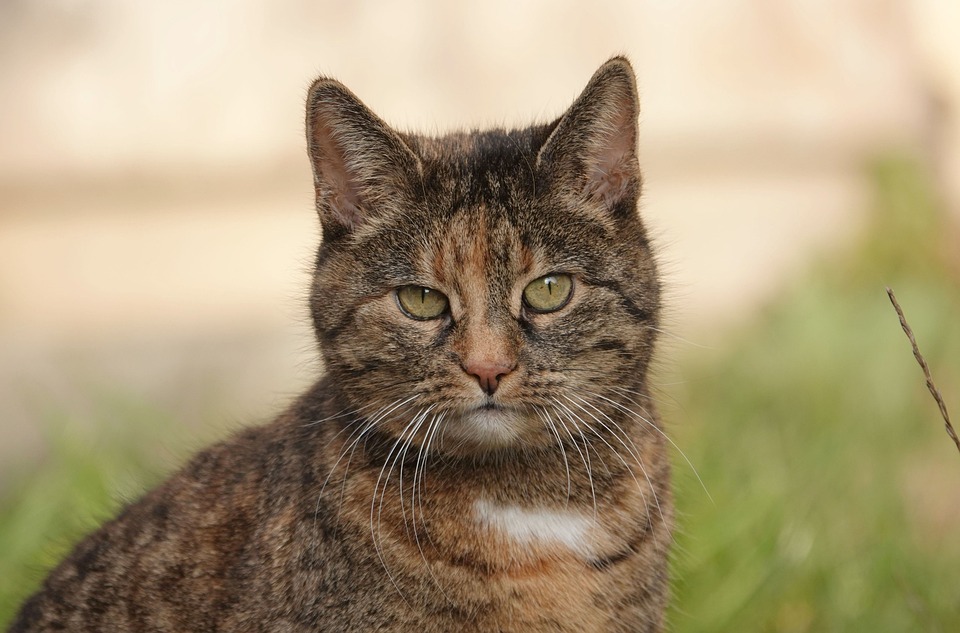Enhancing Indoor Cat’s Well-being: Enrichment and Mental Stimulation
Introduction:
Indoor cats may be safe from outdoor hazards, but they can sometimes face challenges related to boredom and lack of mental stimulation. Providing enrichment activities can greatly improve their overall well-being. In this article, we will explore various ways to keep your indoor cat engaged, entertained, and mentally stimulated.
I. Understanding the Importance of Enrichment for Indoor Cats
Enrichment is crucial for indoor cats as it helps prevent boredom, reduces stress, and promotes physical and mental health. Without adequate stimulation, cats can become anxious, develop destructive behaviors, or suffer from obesity. By engaging their natural instincts and providing mental challenges, you can enhance their quality of life.
II. Creating an Enriched Environment
A. Stimulating Play Spaces
Designate areas in your home where your cat can play, climb, and explore. Use scratching posts, cat trees, and tunnels to create a stimulating environment. Provide hiding spots and perches for your cat to observe their surroundings.
B. Vertical Territory
Cats love to climb and perch up high. Install shelves or cat trees that allow your cat to safely explore vertical spaces. This not only provides exercise but also gives them a sense of security and ownership over their territory.
C. Safe Outdoor Access
Consider creating a safe outdoor space for your cat, such as a securely enclosed patio or a catio. This allows them to experience the sights, sounds, and smells of the outdoors while remaining protected from potential dangers.
D. Interactive Toys and Puzzles
Invest in interactive toys and puzzles that challenge your cat’s problem-solving skills. Toys with hidden treats or puzzle feeders can keep them mentally engaged and prevent boredom.
III. Engaging with Your Cat: Play and Bonding
A. Interactive Play Sessions
Spend dedicated time each day engaging in interactive play with your cat. Use wand toys or laser pointers to mimic prey-like movements and encourage your cat to chase and pounce. This not only provides exercise but also strengthens the bond between you and your cat.
B. Positive Reinforcement Training
Cats are trainable, and positive reinforcement training can stimulate their minds. Teach them simple tricks like high-fiving or jumping through hoops using treats and praise. This builds their confidence and provides mental stimulation.
C. Hiding and Hunting Games
Cats have a natural instinct to hunt. Hide treats or toys around the house for your cat to find. This taps into their hunting behavior and keeps them mentally active.
D. Regular Exercise Routine
Establish a regular exercise routine for your cat. Use interactive toys or play fetch with them to keep them physically and mentally fit. This helps prevent obesity and promotes a healthy lifestyle.
IV. Mental Stimulation Techniques
A. Puzzle Feeders
Puzzle feeders are a great way to engage your cat’s problem-solving skills during mealtime. These feeders require your cat to work for their food, keeping them mentally stimulated and preventing overeating.
B. Food Dispensing Toys
Food dispensing toys provide mental stimulation by requiring your cat to figure out how to get the treats or kibble out. This mimics the hunting behavior and keeps them entertained.
C. Scent and Sensory Experiences
Introduce new scents and sensory experiences to your cat’s environment. Use cat-safe herbs or toys with different textures and scents. This stimulates their senses and keeps them mentally engaged.
D. Rotating Toys and Novel Objects
Rotate your cat’s toys regularly to keep their interest alive. Introduce new toys or objects that they haven’t seen before. This novelty keeps them mentally stimulated and prevents boredom.
V. FAQs (Frequently Asked Questions)
A. How much time should I spend playing with my indoor cat daily?
The amount of time spent playing with your cat depends on their age, energy level, and individual preferences. On average, aim for at least two 15-minute play sessions per day.
B. Are there any specific toys or games that indoor cats prefer?
Every cat is unique, so it’s essential to experiment with different toys and games to see what your cat enjoys. Some cats prefer interactive wand toys, while others may be more interested in puzzle feeders or chasing balls.
C. How can I introduce puzzle feeders to my cat?
Start by placing a small amount of treats or kibble in the puzzle feeder and show it to your cat. Encourage them to interact with it by gently nudging or pawing at it. Gradually increase the difficulty level as your cat becomes more comfortable.
D. Is it possible to train an indoor cat to perform tricks like a dog?
While cats may not be as easily trainable as dogs, they can still learn tricks through positive reinforcement training. Start with simple tricks and be patient and consistent with your training efforts.
E. Can I create homemade toys for my cat’s mental stimulation?
Yes, you can create homemade toys for your cat using items like empty cardboard boxes, paper bags, or crumpled-up paper. Just ensure that the materials are safe for your cat and supervise their playtime.
Conclusion:
Providing enrichment and mental stimulation for indoor cats is essential for their overall well-being. By creating an enriched environment, engaging in interactive play, and incorporating mental stimulation techniques, you can ensure that your feline friend remains happy, healthy, and mentally sharp. Remember, each cat is unique, so try different activities to discover what your cat enjoys the most. With a little effort and creativity, you can transform your home into a stimulating haven for your beloved indoor companion.








